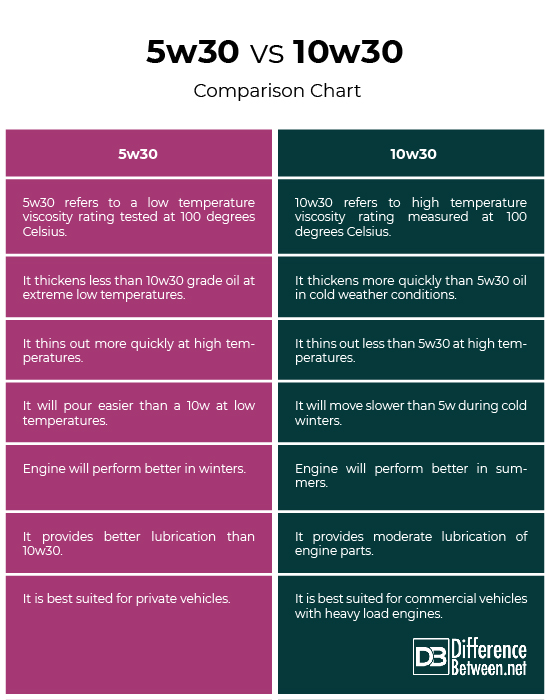Why Don’t We Switch to Biodiesel?
The world is facing a major crisis due to increasing pollution levels and the depletion of fossil fuels. The need for alternative fuels has become more pressing than ever before. One of the most promising alternatives is biodiesel, a renewable fuel made from vegetable oils, animal fats, and other organic sources. Despite its many benefits, biodiesel has not yet gained widespread acceptance as a viable alternative to fossil fuels. In this article, we explore the reasons why we have not yet switched to biodiesel and what needs to be done to make the transition.
What is Biodiesel?
Before we delve into the reasons why biodiesel has not gained widespread acceptance, let us first understand what it is. Biodiesel is a renewable fuel made from organic sources such as vegetable oils, animal fats, and algae. It is produced through a process called transesterification, where the organic source is reacted with an alcohol such as methanol or ethanol to produce a fatty acid ester, which is then purified to make biodiesel.
Biodiesel has several benefits over traditional fossil fuels. It is renewable, biodegradable, and produces fewer greenhouse gas emissions than fossil fuels. It is also less toxic and produces less particulate matter, making it a cleaner alternative to traditional diesel.
Why Haven’t We Switched to Biodiesel?
Despite its many benefits, biodiesel has not yet gained widespread acceptance as a viable alternative to fossil fuels. Here are some reasons why:
1. Limited Availability: One of the biggest challenges facing biodiesel is its limited availability. While biodiesel can be produced from a variety of organic sources, including vegetable oils, animal fats, and algae, there is currently not enough production capacity to meet the demand for biodiesel. This means that biodiesel is not widely available and is often more expensive than traditional diesel.
2. Storage and Handling: Another challenge facing biodiesel is its storage and handling requirements. Because it is made using vegetable-based products, it must be stored at the correct temperature. If it is left for too long in a warm storage tank, it can grow mold. Conversely, if it is stored at temperatures that are too cold, it could thicken and become difficult to dispense.
3. Infrastructure: Biodiesel requires a different infrastructure than traditional diesel. This means that new storage and transportation facilities must be built to accommodate biodiesel. This can be expensive and time-consuming, making it difficult to switch to biodiesel on a large scale.
4. Emissions: While biodiesel produces fewer greenhouse gas emissions than traditional diesel, it does produce more nitrogen oxide (NOx) emissions. NOx emissions can result in the formation of smog and acid rain, which can have negative environmental impacts.
5. Cost: Another challenge facing biodiesel is its cost. While biodiesel is often more expensive than traditional diesel, it is not always clear whether the benefits of biodiesel outweigh the costs. This can make it difficult for businesses and consumers to justify the switch to biodiesel.
What Needs to Be Done?
Despite the challenges facing biodiesel, there are several steps that can be taken to make the transition to biodiesel more feasible:
1. Increase Production Capacity: To make biodiesel more widely available, there needs to be an increase in production capacity. This can be achieved through government subsidies and incentives for biodiesel producers, as well as increased investment in biodiesel research and development.
2. Develop Better Storage and Handling Methods: To make biodiesel easier to store and handle, there needs to be more research into better storage and handling methods. This could include the development of new storage tanks and transportation facilities, as well as better monitoring and maintenance procedures.
3. Improve Infrastructure: To make the switch to biodiesel more feasible, there needs to be more investment in biodiesel infrastructure. This could include the development of new storage and transportation facilities, as well as the retrofitting of existing facilities to accommodate biodiesel.
4. Reduce Emissions: To make biodiesel more environmentally friendly, there needs to be more research into reducing NOx emissions. This could include the development of new biodiesel blends that produce fewer emissions, as well as the use of emissions control technologies such as catalytic converters.
5. Reduce Cost: To make the switch to biodiesel more feasible, there needs to be a reduction in the cost of biodiesel. This could be achieved through government subsidies and incentives for biodiesel producers, as well as increased competition in the biodiesel market.
Conclusion
Biodiesel has the potential to be a game-changer in the world of alternative fuels. It is renewable, biodegradable, and produces fewer greenhouse gas emissions than traditional diesel. However, there are several challenges facing the widespread adoption of biodiesel. These include limited availability, storage and handling requirements, infrastructure needs, emissions, and cost. To make the transition to biodiesel more feasible, there needs to be more investment in biodiesel research and development, as well as government subsidies and incentives for biodiesel producers. With the right support, biodiesel could become a major player in the world of alternative fuels, helping to reduce our dependence on fossil fuels and create a more sustainable future.


